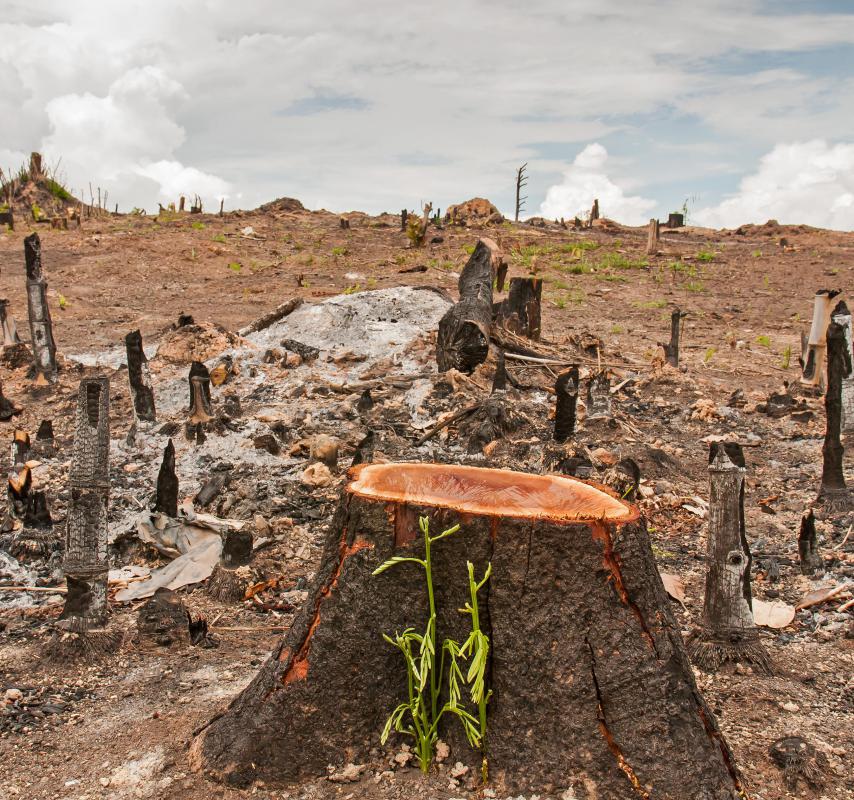At WiseGEEK, we're committed to delivering accurate, trustworthy information. Our expert-authored content is rigorously fact-checked and sourced from credible authorities. Discover how we uphold the highest standards in providing you with reliable knowledge.
What is a Rainforest?
Rainforests are forests with high amounts of rainfall, which cause them to have very different characteristics than other forests, such as coniferous forests. Rainforests are variably defined as having a average annual rainfall greater than 1750 mm and 2000 mm (68 inches to 78 inches). There are two types of rainforest: temperate rain forests, which are found in small amounts on the coasts of all continents except Africa and Antarctica, and tropical rainforest, such as the Amazonian rainforest in South America, possessing the numerous unique flora and fauna synonymous with the term "rainforest."
Tropical rainforests can be found in South America (Amazon Rainforest), Africa (African Rainforest), and Southeast Asia (Southeast Asian Rainforest), Madagascar, and that's all. Just a couple hundred years ago, tropical rainforests covered 12% of the surface area of the continents, but today that number has shrunk to less than 6%, due both to human-caused deforestation and the southward creep of the Sahara Desert into the African Rainforest. The majority of the world's rainforests are located within 20 degrees of the equator, where it is warmest, and often, wettest.

Although the world's rainforests only account for 6% of the surface area, they contain two-thirds of plant and animal biodiversity on the planet. They have also been called "the lungs of the Earth," although this is false, as rainforests do not actually produce more oxygen than they take in. Rainforests are covered in evergreen broadleaf trees, some as tall as 80 m (260 ft).

The rainforest biome has a layered structure. At the top is the emergent layer, where the tallest trees poke through the canopy below. The emergent layer is usually between 45 m (150 ft) and 55 m (180 ft) high, although on occasion, certain very tall trees will project 80 m (260 ft) above the ground. The emergent layer is populated by eagles, butterflies, bats, and certain monkeys. The plants here must be resistant to strong winds and high temperatures.

Below the emergent layer is the famous canopy, the area of greatest biodiversity in the rainforest and on the Earth itself. About 40% of all plant species and more than half of all insect species on Earth are thought to live in the canopy, which only started to be probed by scientists in the 1980s. The canopy is 30 m (100 ft) to 40 m (130 ft) above the ground. Here, the branch is so great that it forms a more or less continuous sheet of foliage over areas many hundreds of thousands of square miles in extent.

At the bottom of the rainforest is the forest floor. Little light reaches here, and nutrients are often washed away by the rain. Numerous bacteria quickly break down organic material, precluding the formation of humus. The forest floor has low biodiversity compared to the canopy above it, but still greater biodiversity than any other habitat on the planet.
AS FEATURED ON:
AS FEATURED ON:
















Discussion Comments
I've always thought that it would be really neat to visit a rainforest and see all of the different types of plants and animals. However, if tropical rainforests contain more than half of all of the types of insects in the world, I'm not sure I want to be there. I hate bugs!
Maybe I'll just stick to looking at rainforest pictures!
I didn't realize that there were different kinds of rainforests. I had only heard of tropical rainforests. Where can you find temperate rainforests on the North American continent? I would love to visit one, as I don't see myself getting to Africa, South America, or Asia anytime soon to see a tropical rain forest.
How is a temperate rainforest different from a tropical rainforest? Is the climate different, or maybe the types of plants and animals that can be found?
I visited a rain forest in Costa Rica - it was amazing! I highly recommend taking tours across the canopy or riding one of the zip line adventure treks often found in rain forests. It was beautiful and the wide variety of insects and critters was pretty spectacular!
Post your comments